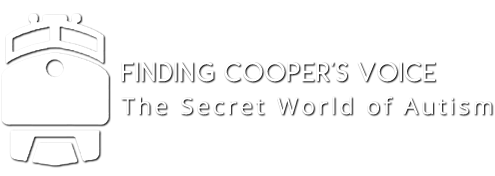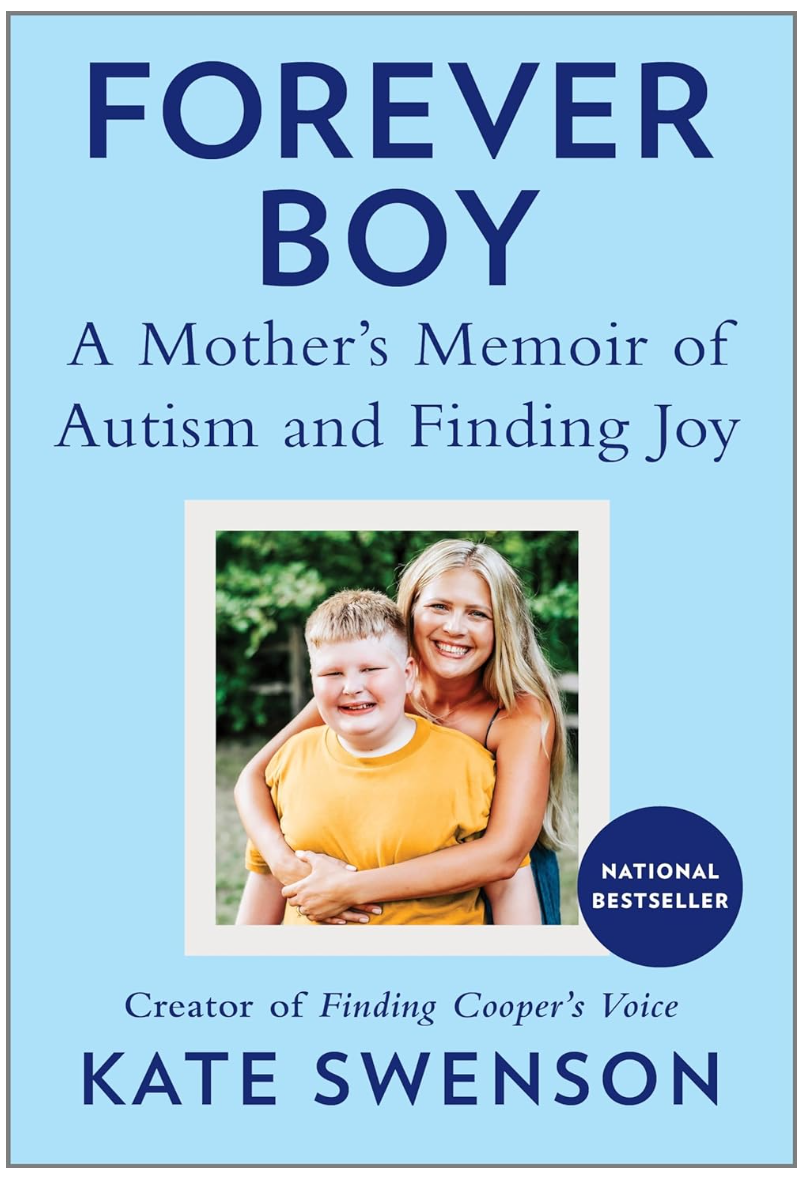Invisible Disabilities: What You Can’t See in This Perfect Family Photo
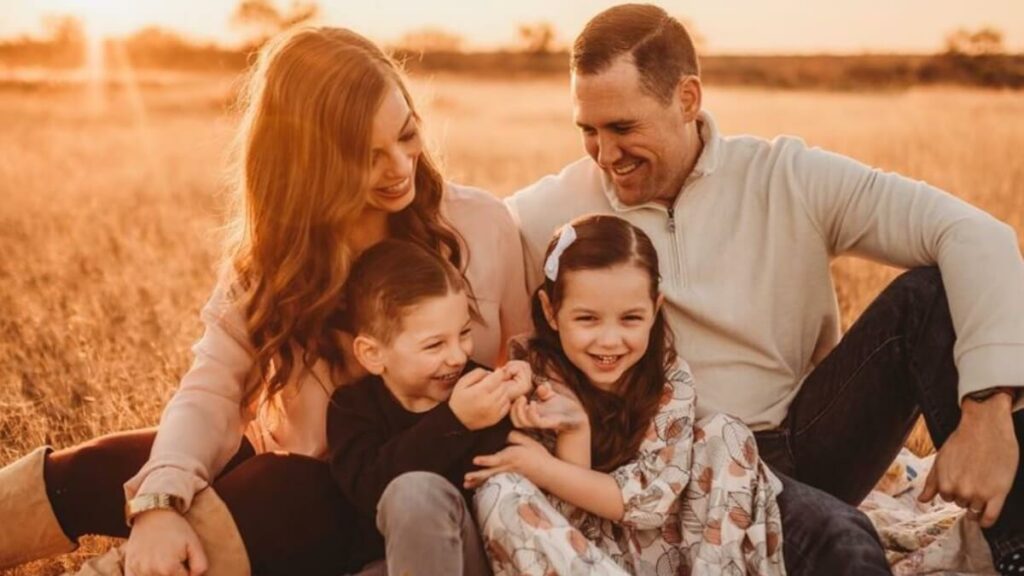
They say a picture is worth a thousand words, but what exactly are those words?
What’s the worth of something that’s carefully curated, filtered, and posed?
I’ll tell you. I’m a recovering pretend-post addict, after all.
Our most recent family photos were met with many words of praise:
“Your children are beautiful!”
“You look so gorgeous!”
And the most gutting: “You have the perfect family.”
No one could’ve known I was reading those comments with a pit in my throat, probably from the comfort of my bed, the one I refused to leave even for meals.
It would be impossible to predict that behind closed doors I was crumbling, a woman on the verge of a mental break.
One who had spent the last few years trying to save that very same “perfect” family.
You see, a picture is only worth the story behind it and no one knew mine.
I was a wife, mother, sister, and friend to the outside world. I smiled on cue.
I showed up to play dates and performed accordingly. I dressed my kids well and exercised.
I had a husband with a good job, a pretty home, and plentiful vacations.
So, people saw what I projected: A life tied up in a nice little bow.
But here’s what was really going on behind our picket fence.
Let’s start with my husband.
He’s traditionally handsome and hardworking. A provider, a sacrificial and serving man.
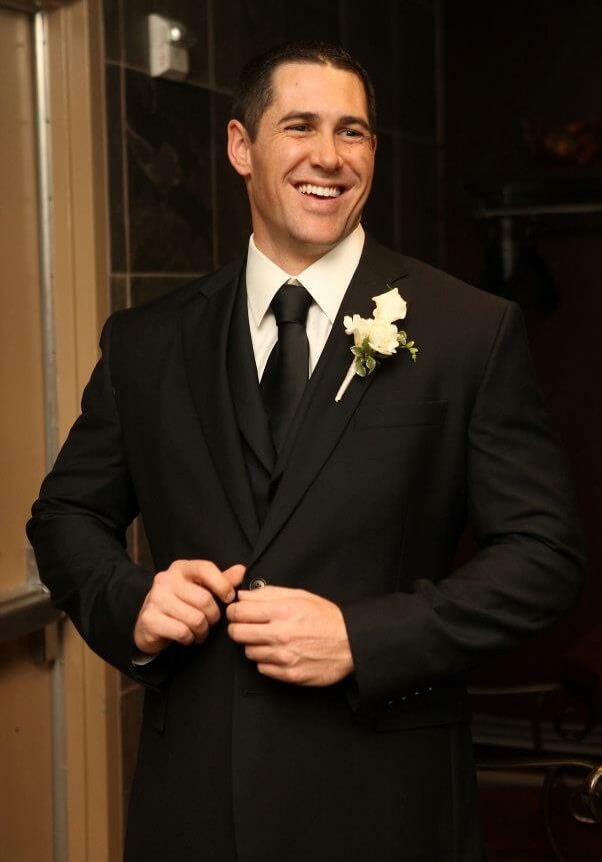
He doesn’t always have a lot to say, but I suppose it works well for us since I’ve been given the gift of gab.
He’s a former athlete in his early thirties, and on any given day if you saw a photo of him you’d have no idea he has a failing heart.
That’s right. My husband has flat lined—twice.
In the summer of 2016, I found him unresponsive on our bedroom floor. His heart had stopped, and unbeknownst to us, it is broken beyond repair and will require a transplant.
Another fun fact? His condition is genetic.
Our young daughter and son both have a 50% chance of having it as well.
No way to see that in a photo.
And then there’s my children.
My daughter (now five) reads on an eighth-grade level. She spoke in sentences by thirteen months old.
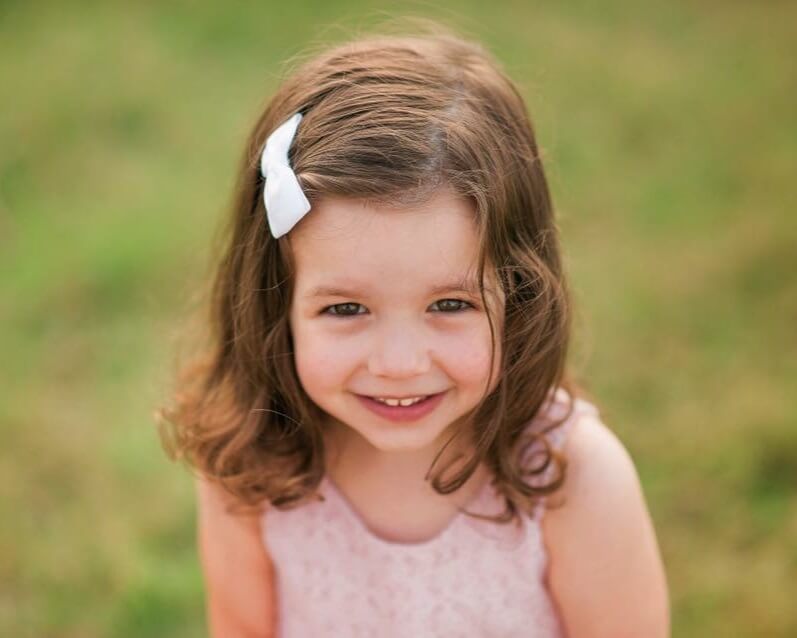
She remembers every statistic from every show, book, movie, or random conversation you’ve ever had with her.
While other kids cried at new people or places, she ran in with ease. She’s an open-armed, loving, intelligent girl.
Who also has autism.
No way to see that in a photo.
Next up is my son.
He’s three-years-old with a size twelve foot. He’s physical, and coordinated, and can kick a ball well into a scholarship future.
He’s the happiest kid I’ve ever met, and handsome, oh, so handsome.
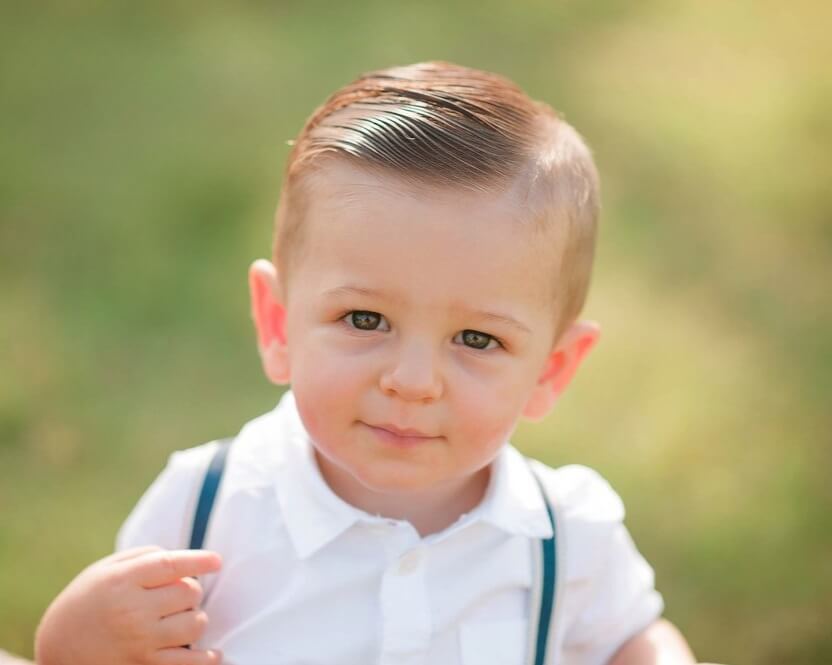
He likes donuts, parks, putting things together, and thinks his sister hung the moon.
And yes, he also has autism.
No way to see that in a photo.
And that leaves me.
It hasn’t just been a few years of hiding in plain sight, it’s been my entire life.
I considered myself a chameleon: always blending in, never truly belonging.
Very few people actually got a look behind my veil, and that is probably why very few people have lasted in my life.
So, here’s my real self-portrait:
I’m a child who was abused by her father at three-years-old.
A girl from a small town who developed a great imagination and used it as an escape into the world of reading and writing. A teenager who was the victim of statutory rape.
I was a young woman who hopped from relationship to relationship, loving everyone except myself.

I had a stalker, a professor who propositioned me, and cancer, twice. I moved to a new city on a whim, knowing no one, and was single for the first time in my entire adult life when I met my husband.
I married, settled into suburban life, tried to start a family and had two miscarriages. Then I had my daughter, my son, and found my husband flatlined on the floor.
Anxiety and depression have cycled through my veins my entire life, but now they are back with vengeance as I parent two children with autism. Right along with low self-esteem and body image issues.
Glamorous, huh?
There’s a lot of beauty sprinkled in there too, but chances are that’s already public knowledge. I had no problem sharing my highlight reel. It was all this other stuff I kept hidden for far too long.
So why can I say all of that now without breaking a sweat?
Well, it’s because of that perfect photo.
The day my daughter was diagnosed with autism, I opened a private Instagram account that no one (not even my husband) knew about.
For almost two years, I used that space as a journal, a place to share my gritty while publicly I kept up the pretty.
When the comments rolled in on my public page about my “perfect” family, I felt so icky about my half-truth life I decided to make my Instagram journal public.
I was shaking as I hit the submit button, but as I began to see thousands of responses, all with a resounding message of “me too,” I knew I was home.
Releasing my truth didn’t bring judgment. It brought me my people.
It freed me.
We all have a private versus public image and that’s okay.
There’s things we show the outside world and there’s things we keep close. But the problem becomes when there’s no overlap.
When you lead such a duplicitous life that you start saying (or posting) things you don’t even mean, feel, or believe.
That may get you a million likes, but in my experience humans desire more than that, and there’s just no way to get connection through perfectly filtered photos and carefully worded posts. Believe me.
Not all stories need to be told on such a grand scale, but if there’s a private image you want to make public, an invisible disability you’ve been sitting on, do it.
Share it on a stage, share it on a private Instagram page, share it with one person or a million. It only matters that the true you has a place to land.
“We can choose to be perfect and admired or be real and loved.” – Glennon Doyle
Choose love. Every single time, choose love. Admiration means nothing if you can’t claim your truth.
And I promise when you do so, not only will you feel less alone, the picture of your life will be worth way more than a thousand words.
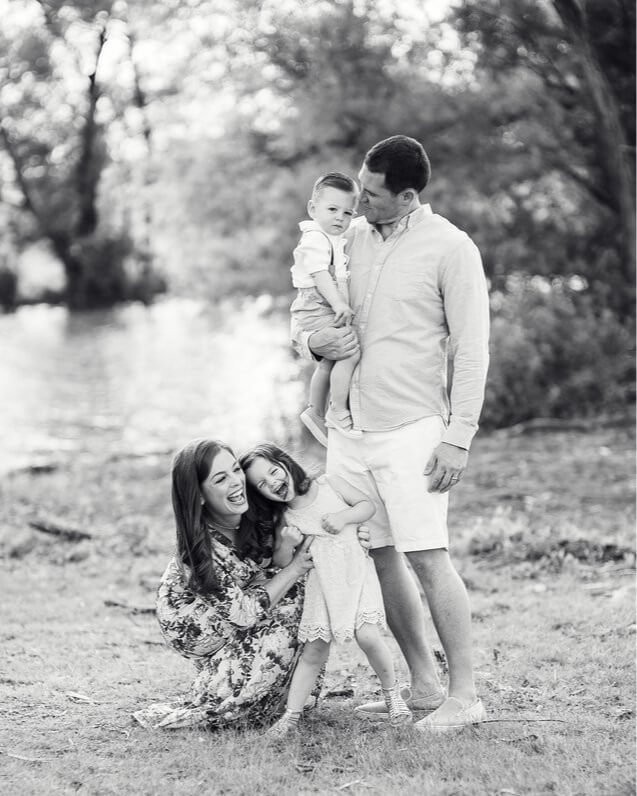
Written by, Stephanie Hanrahan
Stephanie Hanrahan is wife to a husband with chronic illness, mother to special needs kiddos, and a woman who often unravels then finds her footing again. Learn why she made her private journal public on Instagram, Facebook, and her blog Tinkles Her Pants, where she leaks nothing but the truth.
Interested in writing for Finding Cooper’s Voice? LEARN MORE
Finding Cooper’s Voice is a safe, humorous, caring and honest place where you can celebrate the unique challenges of parenting a special needs child. Because you’re never alone in the struggles you face. And once you find your people, your allies, your village….all the challenges and struggles will seem just a little bit easier. Welcome to our journey. You can also follow us on Facebook, subscribe for exclusive videos, and subscribe to our newsletter.
